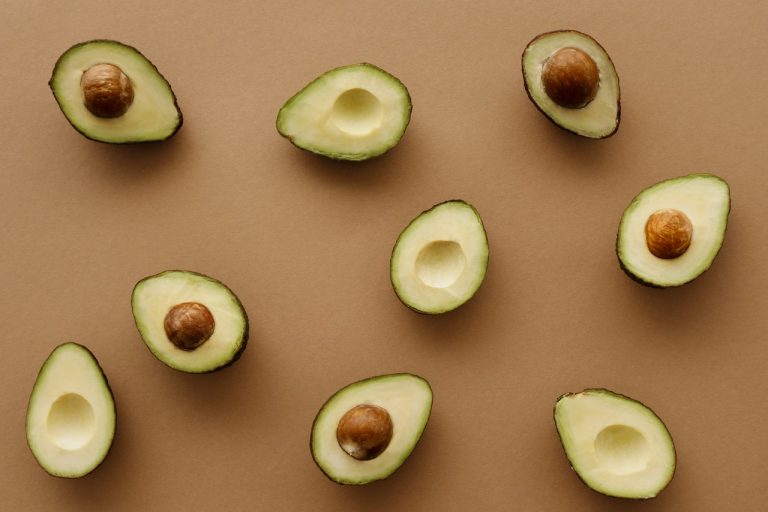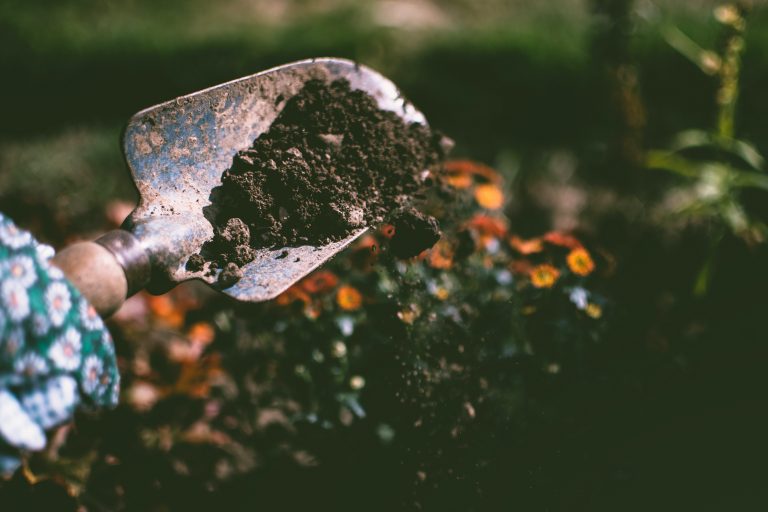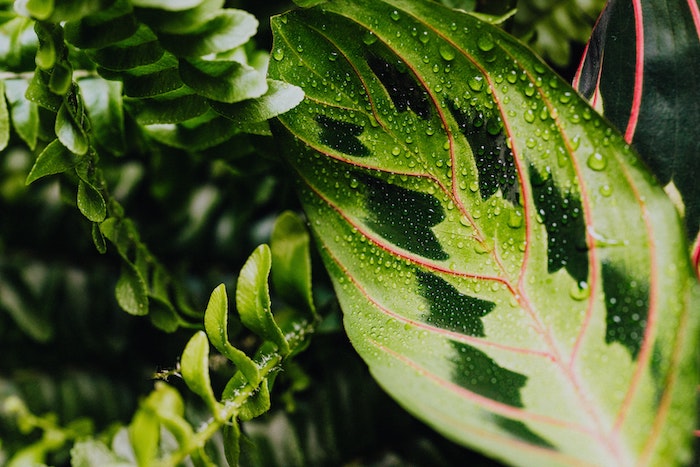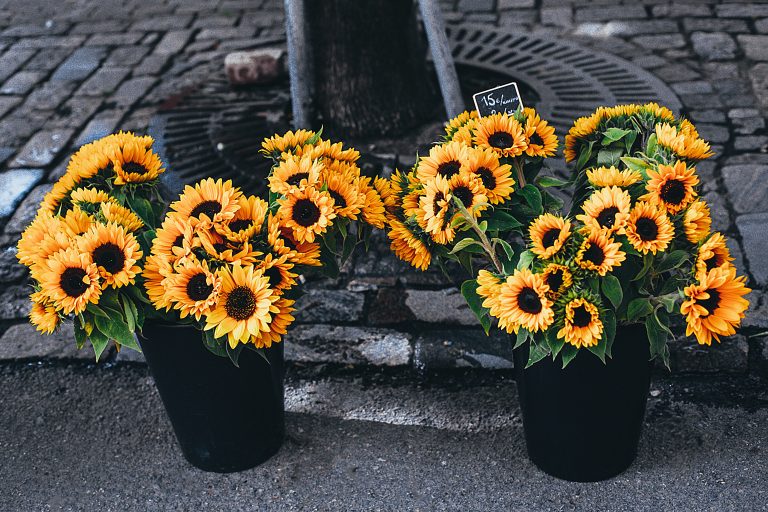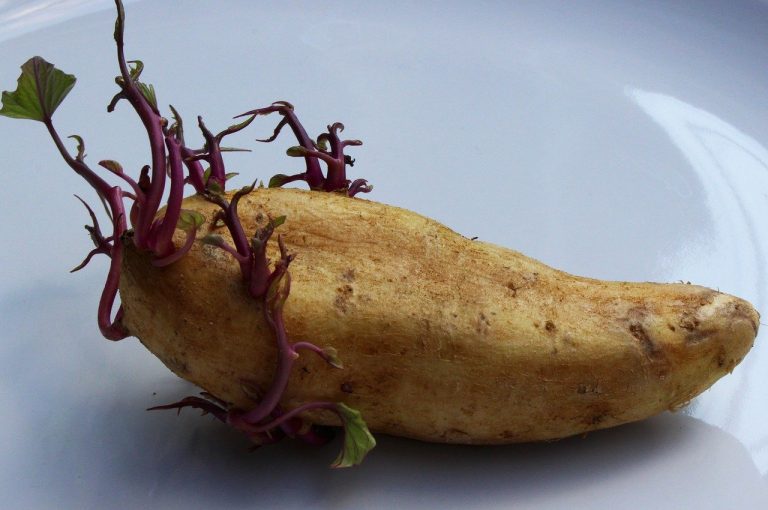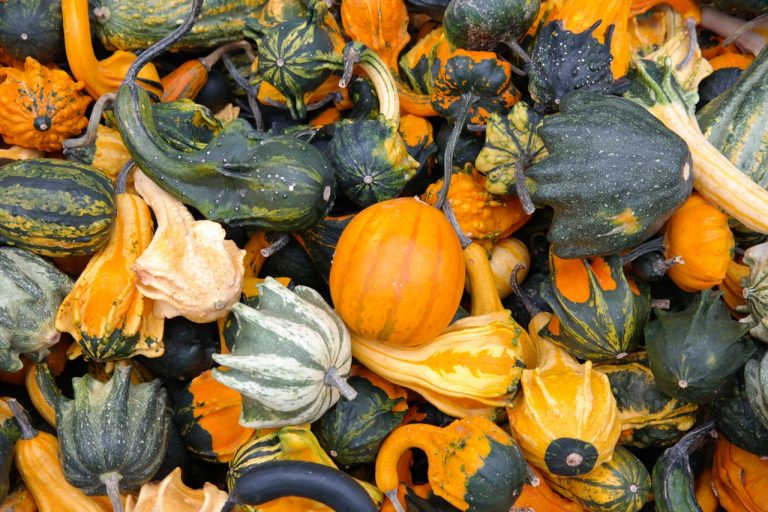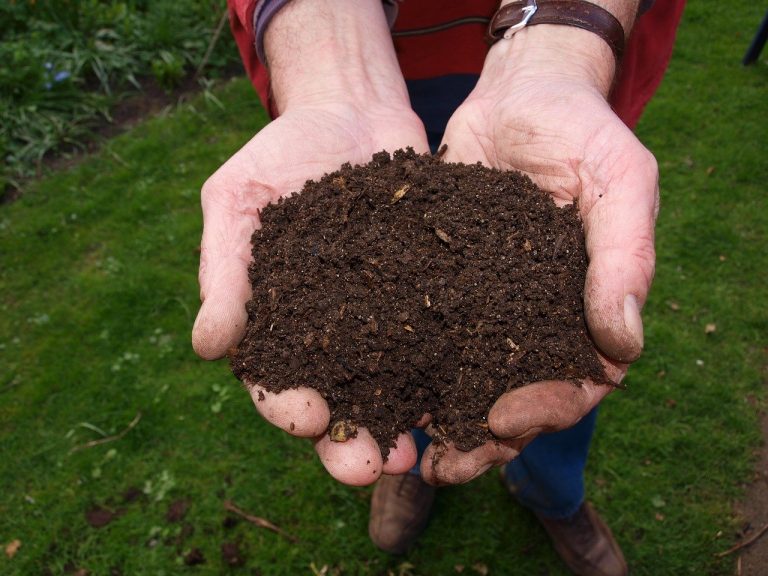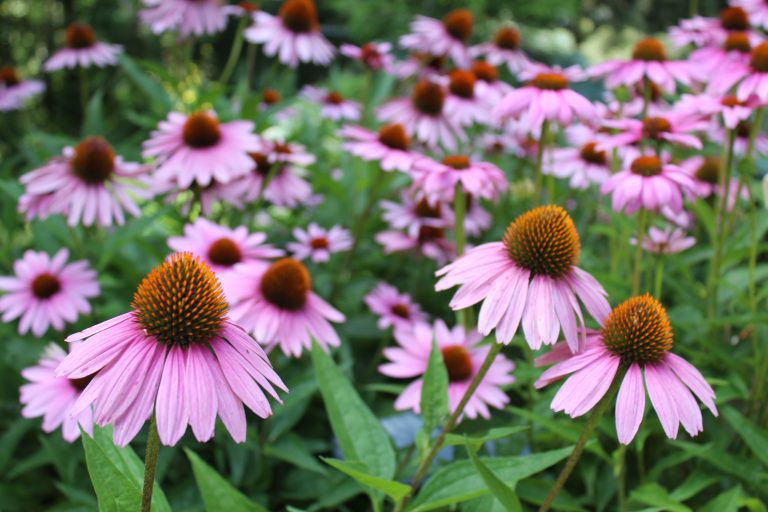People love to put avocados on everything. I’m as much an avocado fanatic as the next person, but they don’t come cheap. Here’s how to start an avocado seed at home. Growing avocados at home I’ll be upfront with you. Growing an avocado tree takes time and patience. And it’s not a task suited…
frugality
5 Things To Consider When Recycling Soil
It’s the end of the growing season, and you’ve tossed your spent container tomato plants in the compost. Can you reuse the soil next year? Here’s a soil recycling checklist to go through before repotting plants in old soil or using last year’s soil leftovers in the spring. Pitfalls of Recycling Soil Reusing soil…
5 Houseplants That Won’t Waste Your Money
Ever since the pandemic began, I slowly started buying houseplants. I’d scour my favorite online nurseries and pounce when they had a sale or coupon code up for grabs. Of course, I already had some plants before the COVID situation, but adding more made my home feel cozier, livelier. When buying plants, I always…
Container Gardening: Fabric Pots vs. Plastic Pots
I love to plant crops in containers, especially finicky plants like eggplant and peppers. I use a variety of containers in my garden, including fabric pots. If it gets too cold, it’s simple enough to haul them inside. Containers are also great for those living in rental properties or those with limited space. It’s…
Harvesting Rainwater for the Frugal Gardener
Gardening requires quite a bit of water. For many gardeners that means an increase in their water bill during the hot summer months. Statistics show that lawn and garden watering make up at least 40% of our total household water use. Frugal gardeners, however, can take advantage of rainwater by bringing back an age-old,…
How to Reuse Grow Bags
Grow bags are an excellent container option for the frugal gardener. They’re extremely versatile and work for a variety of plants. Did you know that you can reuse them from year to year, too? Here’s how to reuse grow bags and save money down the line. What is a grow bag? A grow bag…
5 Winter Squash Varieties for the Frugal Gardener Short on Space
Wondering which types of winter squash are best for small gardens? Read on to find out about compact winter squash varieties that provide the most bang for your buck. They’re perfect for the frugal gardener! Summer squash gets all the glory. It grows quickly and provides a high yield. My all-time favorite variety patty-pan…
Free Funeral Home Plants
Before you discount the idea of free funeral plants, bear with me on this one. Getting free plants from a funeral home is possible. However, you may have to step out of your comfort zone for this trick. Even those of you who consider yourselves outgoing might feel a bit odd about using a…
DIY Compost Using a 5 Gallon Bucket
Compost is an essential medium for any gardener. It enriches the soil, provides nutrients to plants, and helps improve soil composition. It’s also easy to make compost using simple items you probably have lying around your home. Here’s how to make a 5-gallon bucket compost bin to get yourself some free compost. Tools I…
10 Ways to Get Free Plants
Get free plants and save money on your favorite pastime. While gardening is one of the largest hobbies in the US, how expensive a hobby depends a lot on how you approach it. It can be quite an expensive hobby when you purchase everything retail. However, it can also be an extremely frugal hobby for…
